Kate Friend’s photographic series on orchids is a breath of fresh air
The photographer reflects on the elegance and ephemerality of the ‘sitters’ in her Orchids series, created in collaboration with Sussex-based nursery McBean’s Orchids
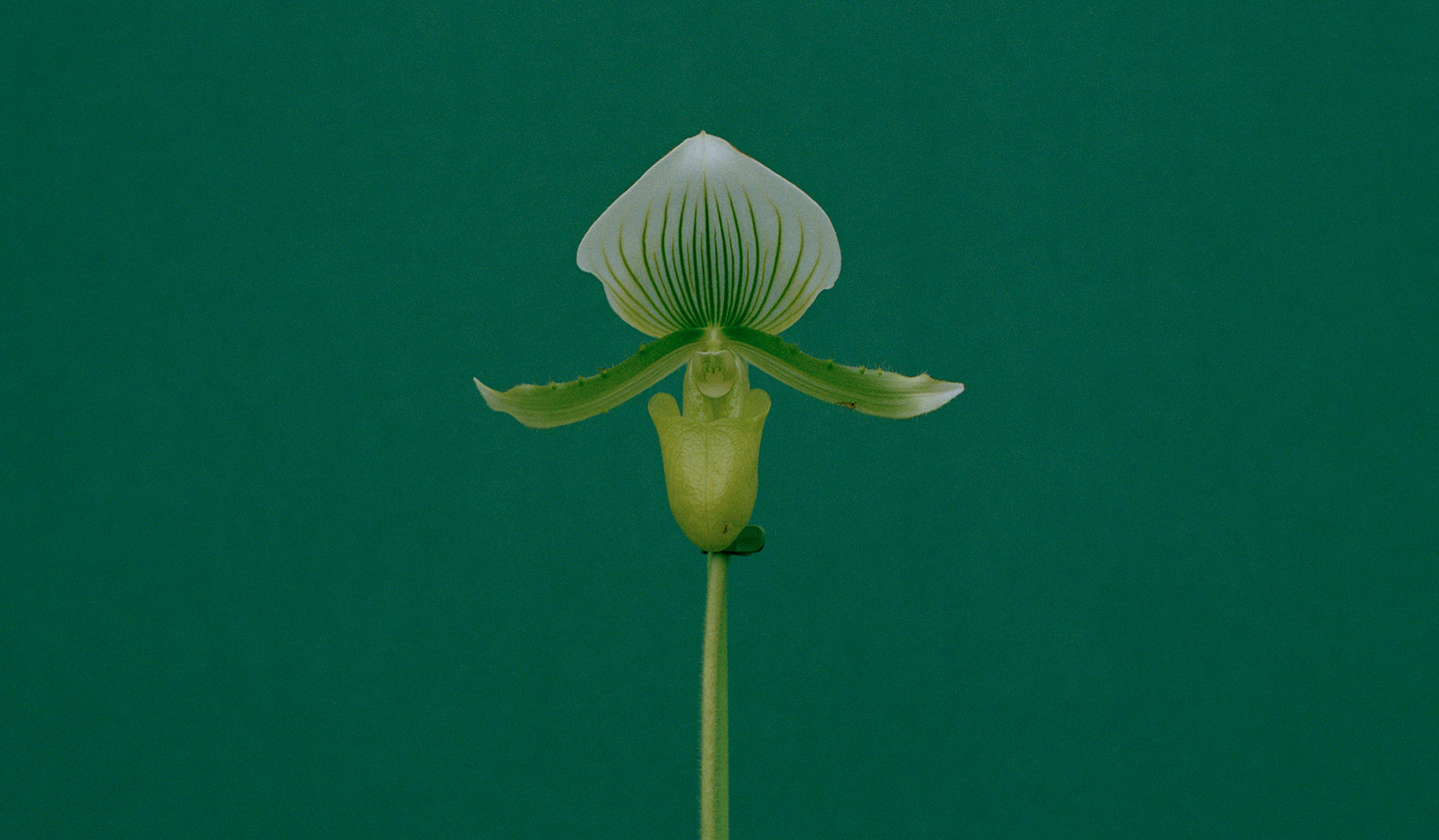
Kate Friend - Photography
‘Photography legitimised a need to travel,’ explains photographer Kate Friend. At 18 years old, she left the UK for Mongolia. Soon after that, she based herself in China, living in Beijing and travelling to all corners to build a portfolio. ‘I had a stab at shooting documentary work but realised quickly that the glory days of that were long gone so starting shooting commercial assignments. I took any job that came with a plane ticket.’ Now settled in London, the peripatetic has previously lived and worked in New York, Berlin, Paris, Tokyo, Iceland and Indonesia – but it was an urge to explore British identity through plants that made her realise it was time, perhaps, to stop and smell the roses.
The artist teamed up with Sussex-based nursery McBean’s Orchids for her latest series on flowers, capturing spellbinding images of exotic orchids in full bloom. Friend’s process is ‘minimal, in all aspects’. Working purely with natural light and a medium-format camera, she shoots entirely on location although her images might suggest otherwise. ‘The flowers are isolated and spare, usually a stem or two, never a bunch. I don’t like a crowd,’ she notes. ‘Flowers’ seasons are so short, I like to honour that temporariness in the way that I shoot. I see it as a process of giving up control: my parameters are set in terms of aesthetic and equipment, and within that I have to go with what I’m given. It’s a freeing way of working and it can lead to moments of intense synchronicity.’
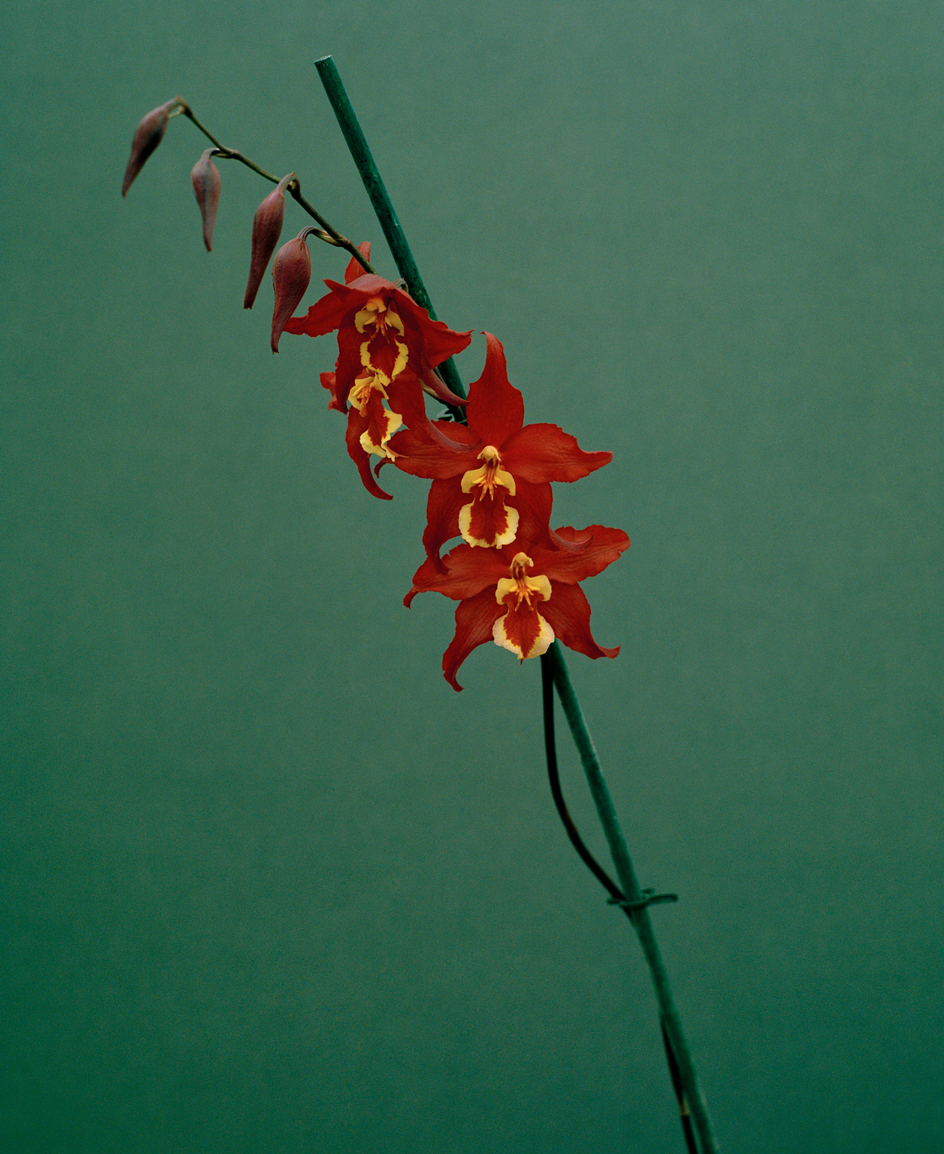
McBean's Leila
Friend’s purely analogue process – she uses 120mm film, which allows for 10 shots per roll – echoes the slow, considered approach of horticulture. ‘I suppose I learned photography in a bit of a backwards way,’ she says. ‘I shot for years, mostly digital, for a broad range of clients but didn’t really connect with it, it was only when I burnt myself out from moving around all over the place that I started really looking at light, went back to shooting film and dug out my old Pentax 6x7. It was the flowers that taught me how to stop and look.’ Friend similarly cites the early 20th-century images of vegetables by gardener Charles Jones as an inspiration, as well as the work of Ogawa Kazumasa, Karl Blossfeldt, Robert Mapplethorpe, Irving Penn, and Gertrude Jekyll, ‘…all the flower greats’.
And while her photographic career has taken a turn from fashion (Issey Miyake and Commes des Garçons are among her clients), flowers – like people, as it turns out – have their own quirks as ‘sitters’. ‘Portraiture is about performance, on the part of the sitter and also on the part of the photographer. You want to extract from your sitter something nuanced, something “real”. It’s all a game; a dance with your sitter,’ muses Friend. ‘Still life has pressures too but they’re not human, so you can work in your head without needing to communicate. For me, still life is a way to engage in more of a pure way with photography. I can forget about a team or a sitter and just work with light, colour and space.’
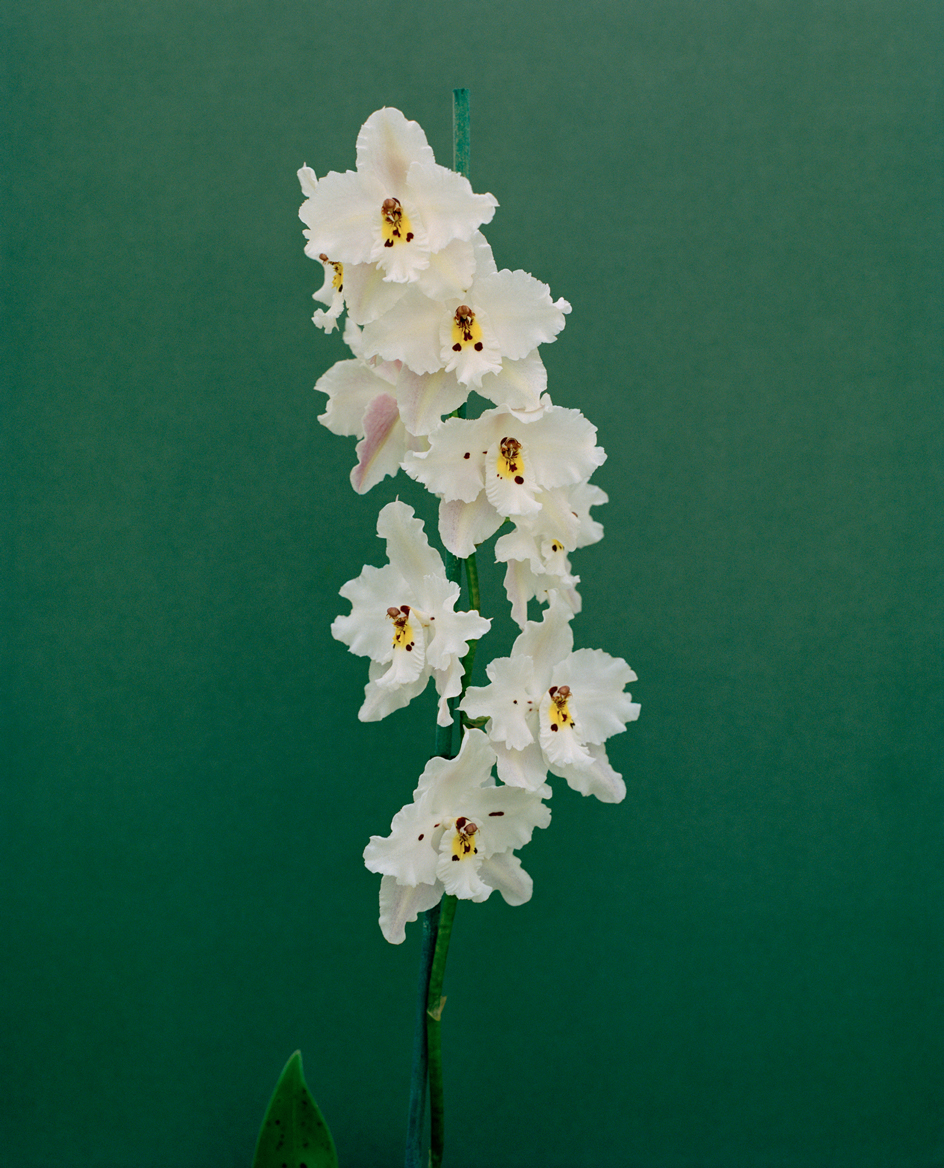
Oncidium Alexandrae Stephanie
Friend was due to exhibit her series at the RHS Spring Launch and Orchid Show in London earlier this month, before it was cancelled due to the COVID-19 pandemic. Upon reflection, the images have taken on a new meaning in these turbulent times. ‘The lone orchid image has certainly started to feel metaphoric, like a mascot of this time,’ adds Friend. ‘I learned from McBeans that orchids are dormant for most of the year, flowering briefly before retreating back to leafy sleep. They give it their all for this brief window of time. The flowers are not the “normal” state, they are the exceptional state.’
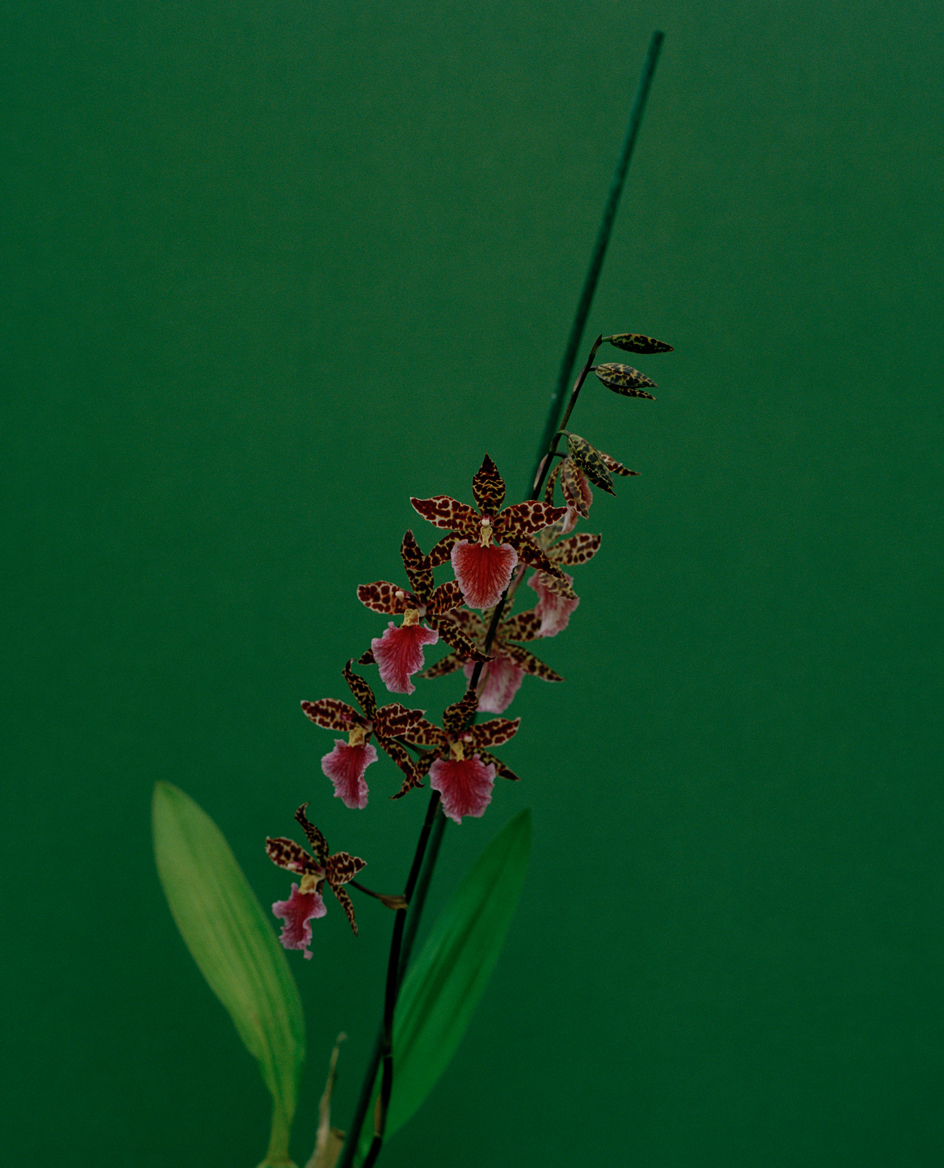
Rhynchostele Bic-ross
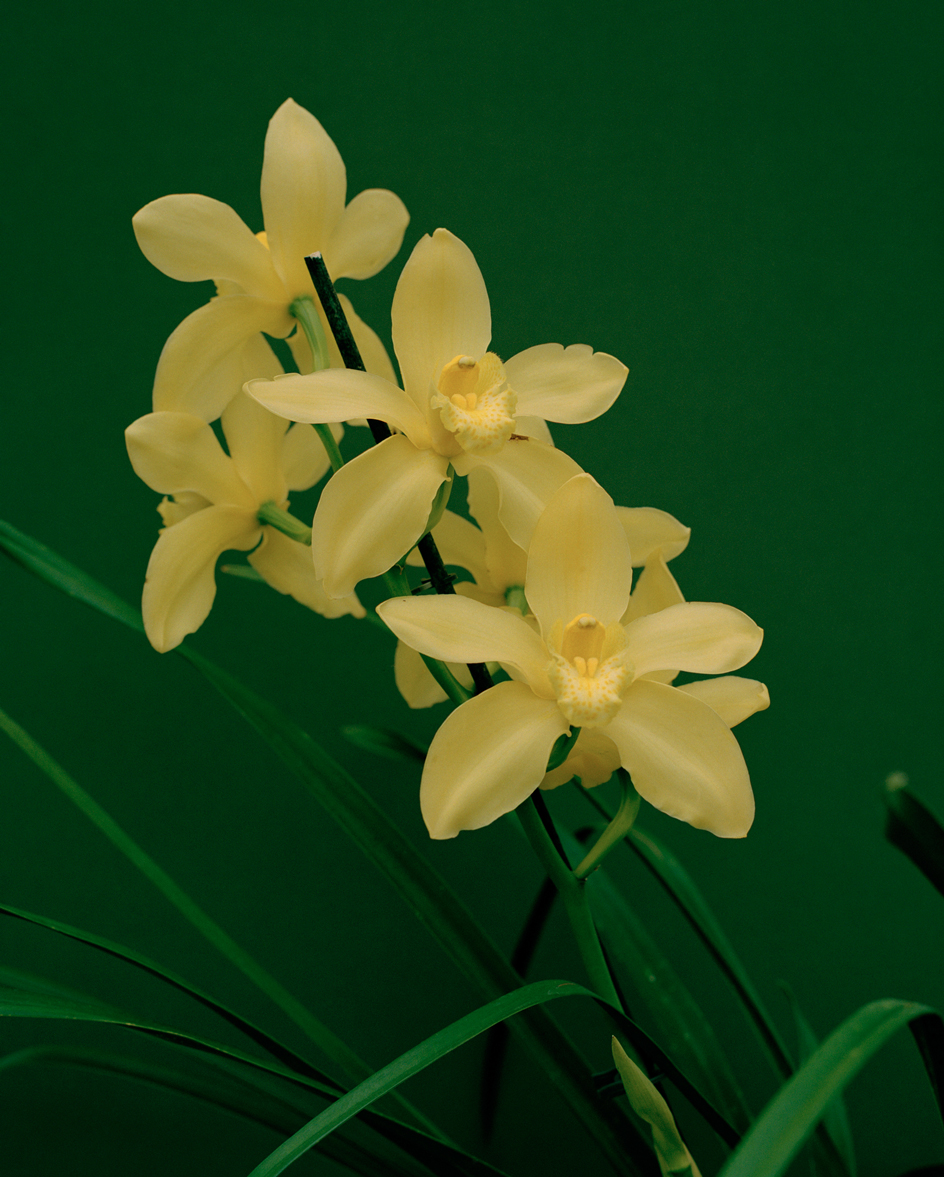
Cymbidium Loch Watten x Pure Ice
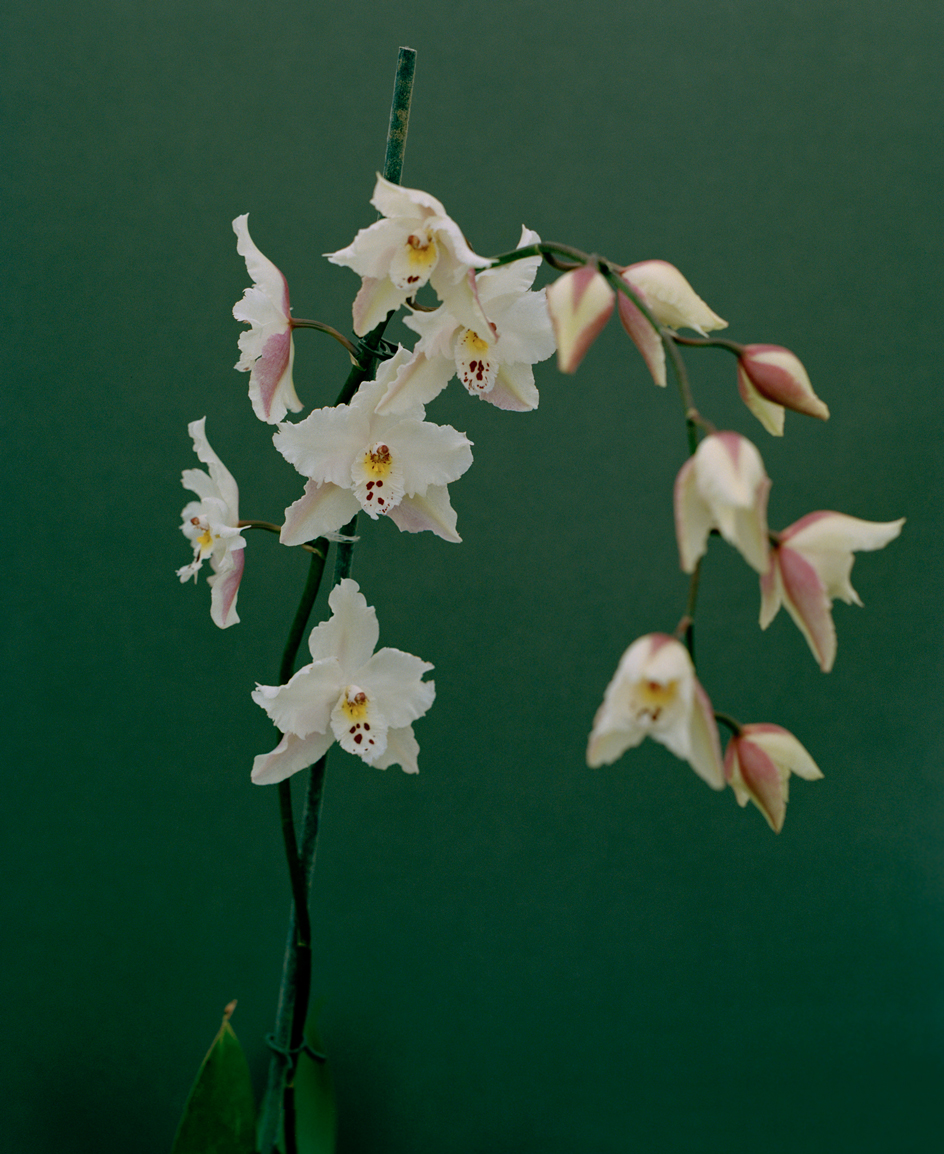
Oncidium Alexandrae
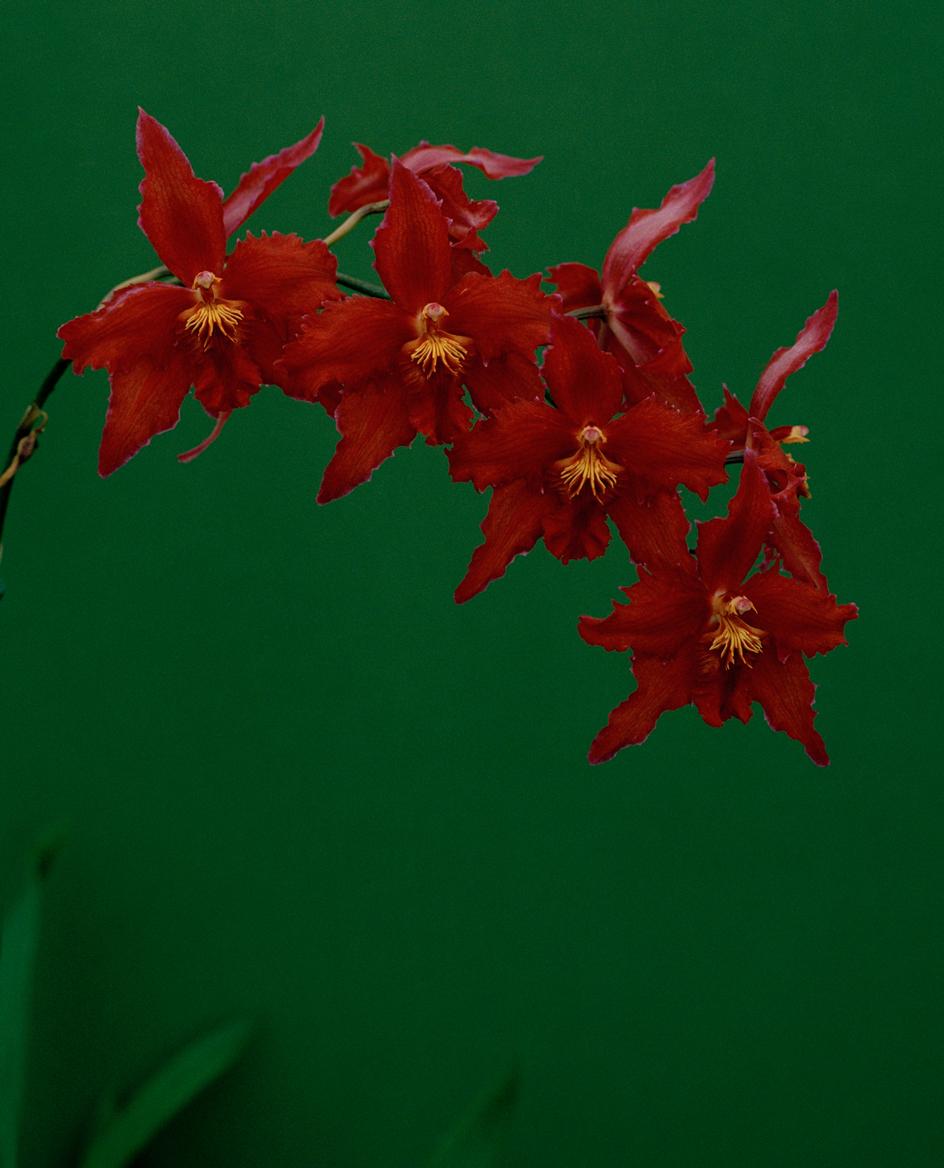
Oncidium Trixon Var Lyoth Princess
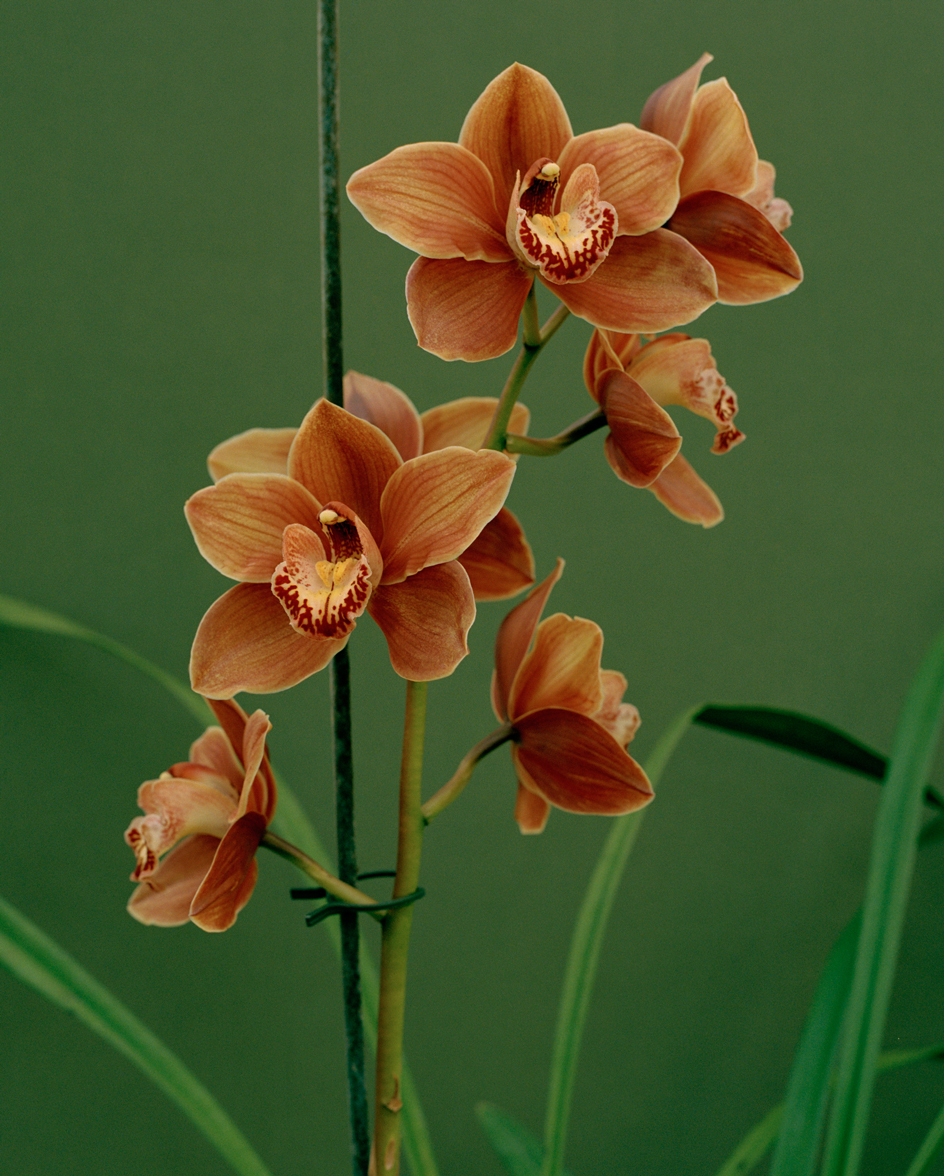
Cymbidium Loch Maree X Pontac
INFORMATION
Limited-edition prints from the series are available to purchase here
Wallpaper* Newsletter
Receive our daily digest of inspiration, escapism and design stories from around the world direct to your inbox.
-
 Nikos Koulis brings a cool wearability to high jewellery
Nikos Koulis brings a cool wearability to high jewelleryNikos Koulis experiments with unusual diamond cuts and modern materials in a new collection, ‘Wish’
By Hannah Silver
-
 A Xingfa cement factory’s reimagining breathes new life into an abandoned industrial site
A Xingfa cement factory’s reimagining breathes new life into an abandoned industrial siteWe tour the Xingfa cement factory in China, where a redesign by landscape specialist SWA Group completely transforms an old industrial site into a lush park
By Daven Wu
-
 Put these emerging artists on your radar
Put these emerging artists on your radarThis crop of six new talents is poised to shake up the art world. Get to know them now
By Tianna Williams
-
 The art of the textile label: how British mill-made cloth sold itself to Indian buyers
The art of the textile label: how British mill-made cloth sold itself to Indian buyersAn exhibition of Indo-British textile labels at the Museum of Art & Photography (MAP) in Bengaluru is a journey through colonial desire and the design of mass persuasion
By Aastha D
-
 From counter-culture to Northern Soul, these photos chart an intimate history of working-class Britain
From counter-culture to Northern Soul, these photos chart an intimate history of working-class Britain‘After the End of History: British Working Class Photography 1989 – 2024’ is at Edinburgh gallery Stills
By Tianna Williams
-
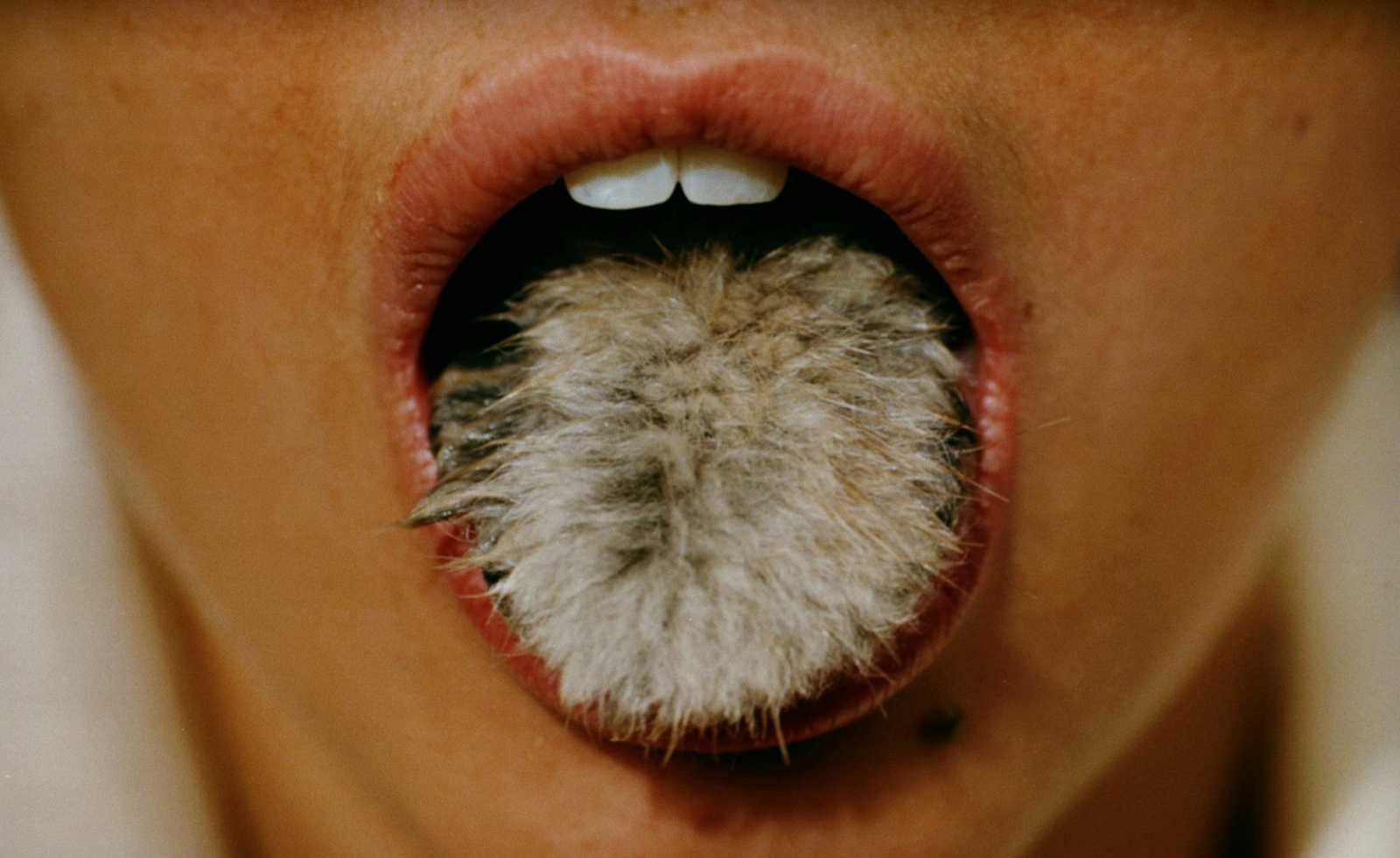 Surrealism as feminist resistance: artists against fascism in Leeds
Surrealism as feminist resistance: artists against fascism in Leeds‘The Traumatic Surreal’ at the Henry Moore Institute, unpacks the generational trauma left by Nazism for postwar women
By Katie Tobin
-
 From activism and capitalism to club culture and subculture, a new exhibition offers a snapshot of 1980s Britain
From activism and capitalism to club culture and subculture, a new exhibition offers a snapshot of 1980s BritainThe turbulence of a colourful decade, as seen through the lens of a diverse community of photographers, collectives and publications, is on show at Tate Britain until May 2025
By Anne Soward
-
 Jasleen Kaur wins the Turner Prize 2024
Jasleen Kaur wins the Turner Prize 2024Jasleen Kaur has won the Turner Prize 2024, recognised for her work which reflects upon everyday objects
By Hannah Silver
-
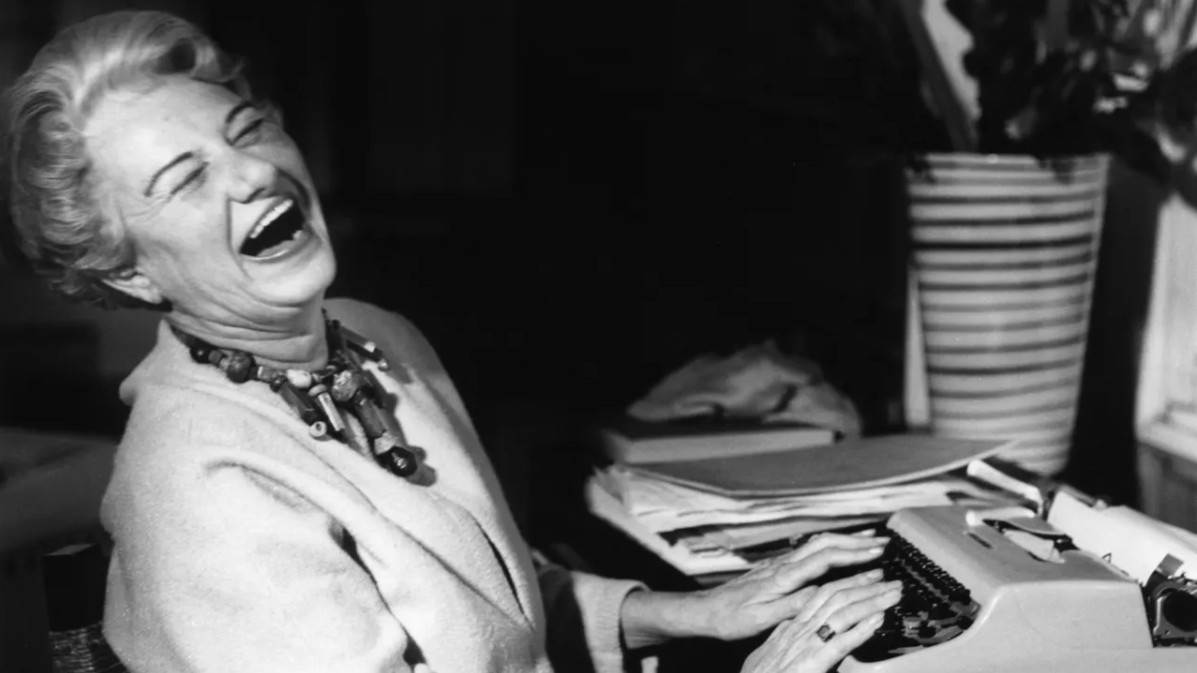 Peggy Guggenheim: ‘My motto was “Buy a picture a day” and I lived up to it’
Peggy Guggenheim: ‘My motto was “Buy a picture a day” and I lived up to it’Five years spent at her Sussex country retreat inspired Peggy Guggenheim to reframe her future, kickstarting one of the most thrilling modern-art collections in history
By Caragh McKay
-
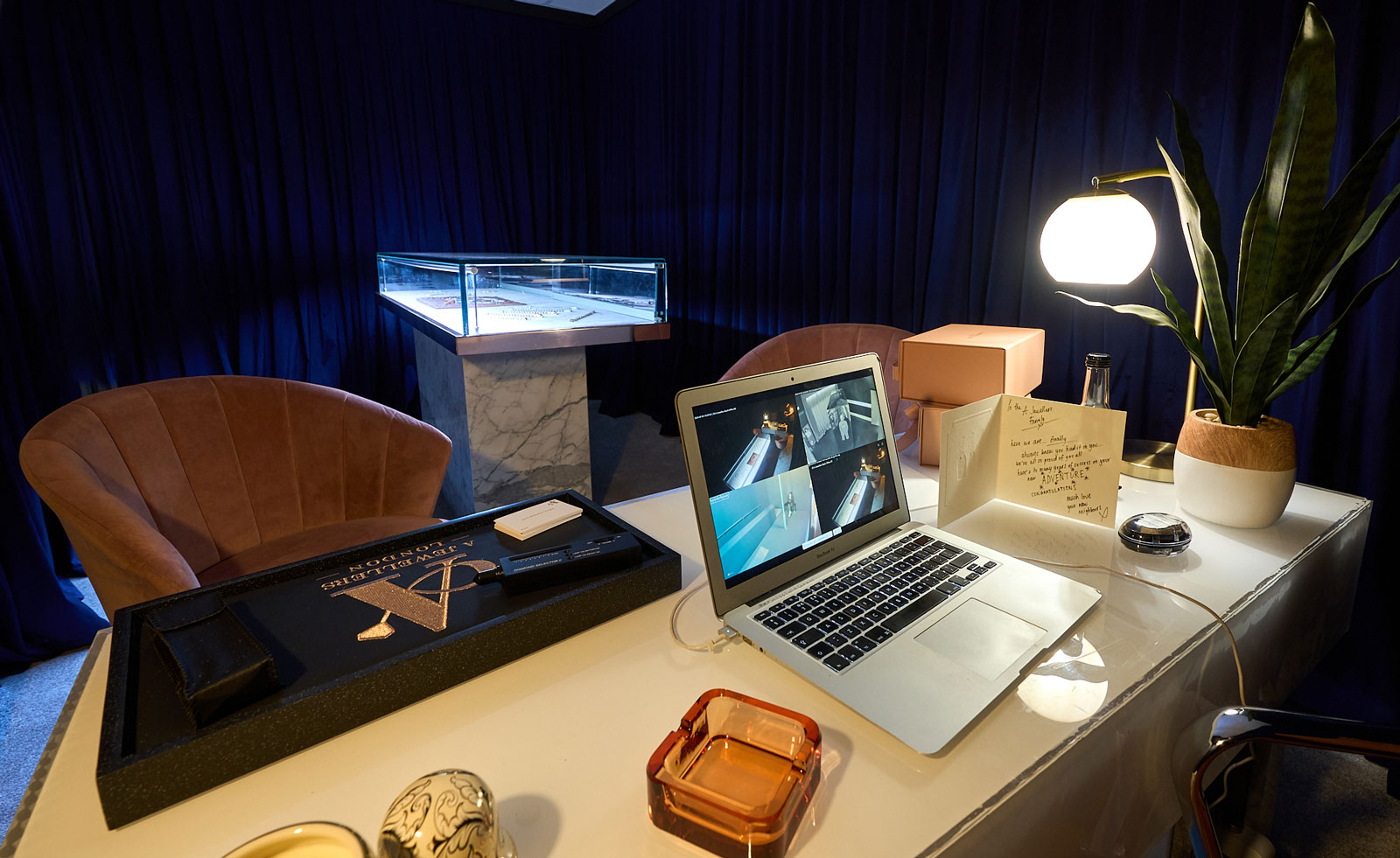 Please do touch the art: enter R.I.P. Germain’s underground world in Liverpool
Please do touch the art: enter R.I.P. Germain’s underground world in LiverpoolR.I.P. Germain’s ‘After GOD, Dudus Comes Next!’ is an immersive installation at FACT Liverpool
By Will Jennings
-
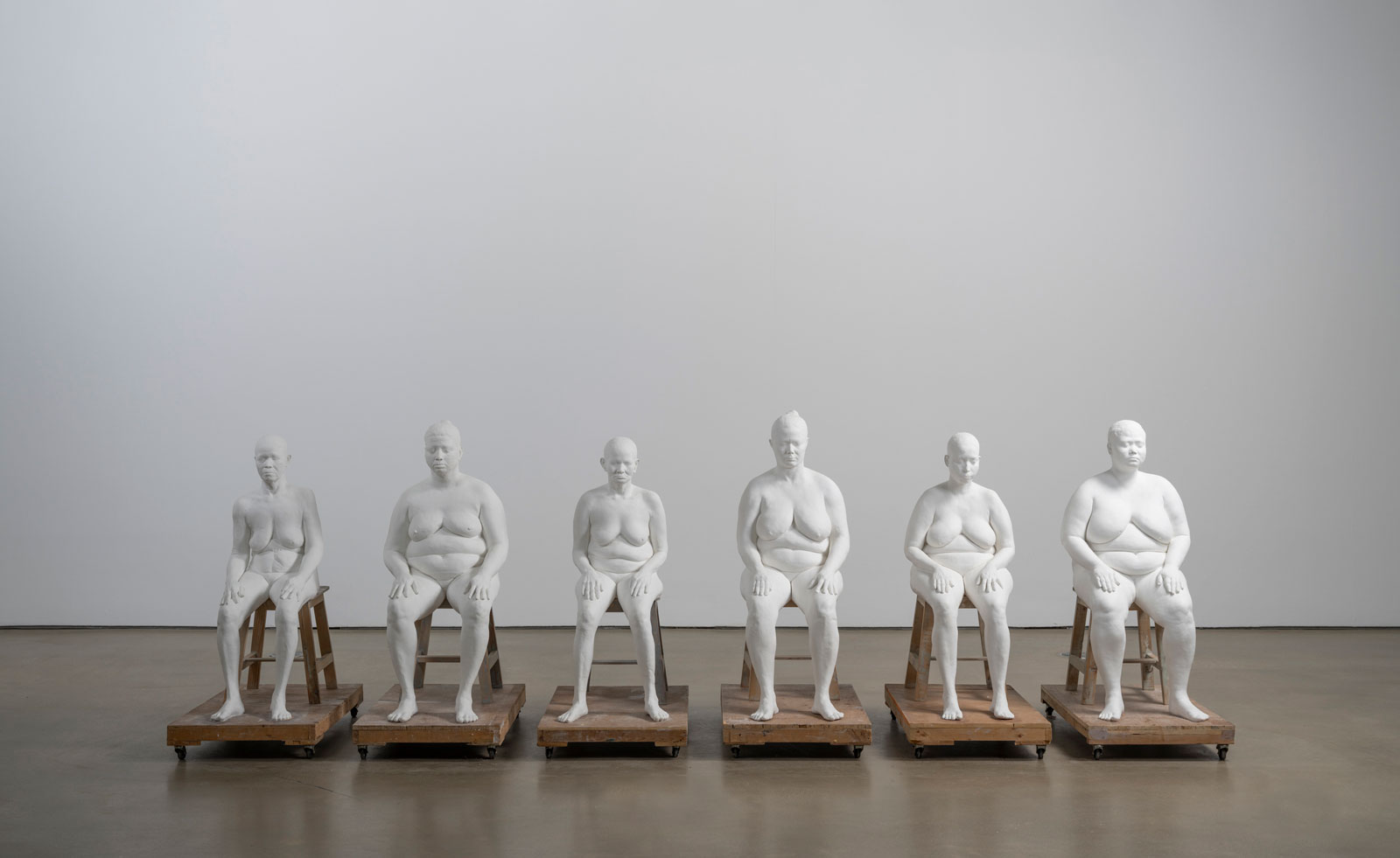 ‘Regeneration and repair is a really important part of how I work’: Bharti Kher at Yorkshire Sculpture Park
‘Regeneration and repair is a really important part of how I work’: Bharti Kher at Yorkshire Sculpture ParkBharti Kher unveils the largest UK museum exhibition of her career at Yorkshire Sculpture Park
By Will Jennings